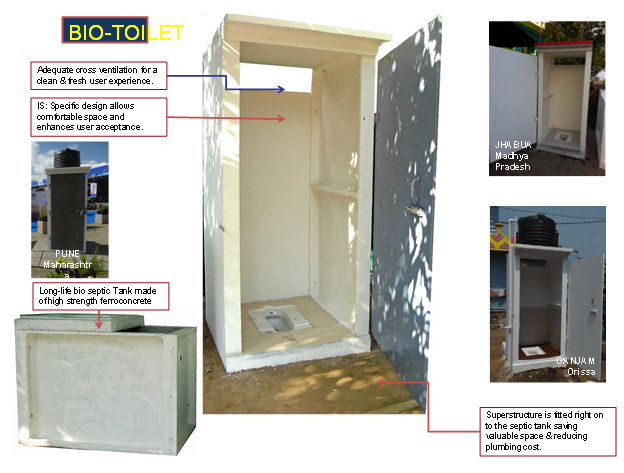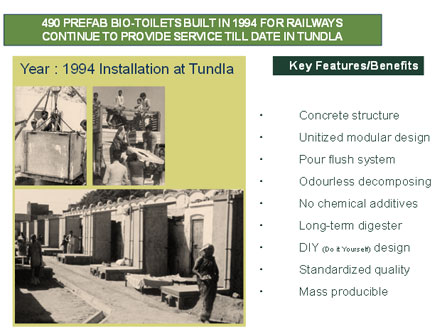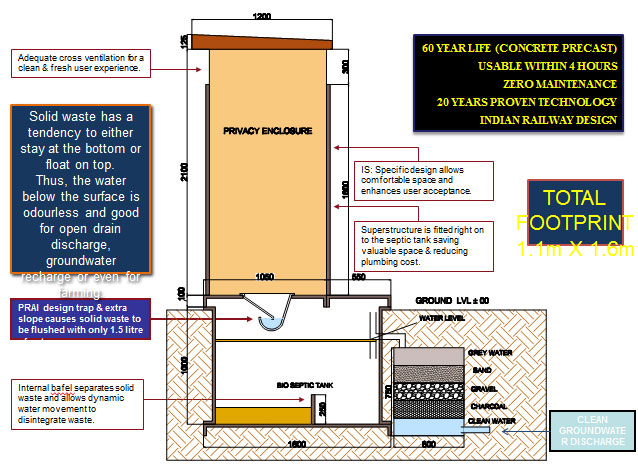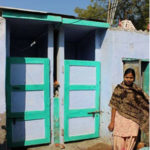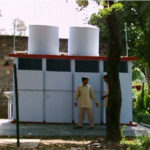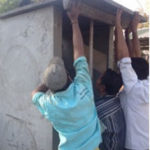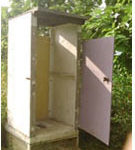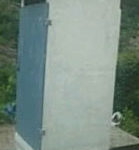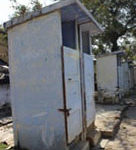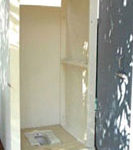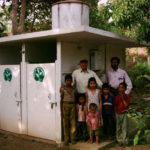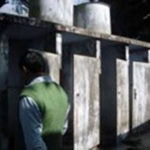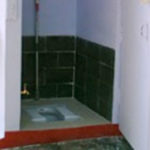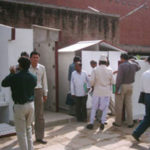
Shipley Foundations Health and Sanitation Program- Shwachh Shauchalaya
Shipley Foundation with its technical partners Tanjun aims to provide simple, safe, sustainable solutions which are environment friendly for complexities related to sanitation, health and hygiene. Our specific focus is on raised levels of awareness and solutions concerning hygiene for children. We try and understand sector specific developmental challenges, governmental vision, take inputs from local community before suggesting solutions that are a win-win for all stakeholders.
India’s Sanitation Overview
In rural India, 70% of households do not own a toilet (as per Census 2011). Indian rates of open defecation are uniquely high, much higher than in many poorer countries. 60% of people worldwide who defecate in the open live in India. Because many people who own toilets do not use them, an even higher fraction of people defecate in the open. 90% of households in India that lack a toilet live in rural areas. Widespread open defecation is killing hundreds of thousands of children per year, and stunting the physical and cognitive development of those who survive.
Economic impact of inadequate sanitation (as per study done by World Bank)

The study analyzed the evidence on the adverse economic impacts of inadequate sanitation, which include costs associated with death and disease, accessing and treating water, and losses in education, productivity, time, and tourism. The findings are based on 2006 figures, although a similar magnitude of losses is likely in later years.
The report indicates that premature mortality and other health-related impacts of inadequate sanitation, were the most costly at US$38.5 billion (Rs.1.75 trillion, 71.6 percent of total impacts), followed by productive time lost to access sanitation facilities or sites for defecation at US$10.7 billion (Rs. 487 billion, 20 percent), and drinking water-related impacts at US$4.2 billion (Rs. 191 billion, 7.8 percent).
Indian economy loses $260 million (over Rs 1,000 crore) in tourism revenues due to poor sanitation as tourists are reluctant to come to India due to lack of sanitation facilities.
It is overwhelmingly clear that reduction of open defecation in rural India will have to be accelerated at a Mission Mode. Along with the Government Schemes such as Swacch Bharat Abhiyan, Civil Society, Public and Private sector and Not for Profit organizations will have to jointly undertake interventions to build new toilets and create public awareness on the evils of open defecation.
Selection of the right technology for toilet construction

Consumer preferences (including those related to costs) and the anticipated water supply situation are the over-riding determinants of the choice of technology, and are more significant than health criteria in determining the sanitation technology that will in fact be used by households and communities.
The current leach-pit, a widely prevalent toilet construction technology consists of two alternating pits connected to a pour flush toilet. The blackwater (and in some cases greywater) is collected in the pits and allowed to slowly infiltrate into the surrounding soil. This technology is turning out to be failure in India as it is leading to ground water contamination. The population density in India is high, as a result the more we construct these kind of toilets, the more insecure we will be in terms of getting clean ground water. Further, Leach Pit toilet is not suitable for high water table and rocky areas. In high water table areas, there is chance of ground water contamination. In coastal areas these toilets are not suitable at all. Further, due to high water table, adjoining soil of the pit becomes saturated and further percolation from pit reduces significantly, causing frequent filling of the pits. b) In case of rocky areas, there is no chance of percolation of water from pits. Consequently, pit gets filled in frequently. Due to unavailability of mechanical devices to clean the pits, it is not acceptable to beneficiaries. Moreover, even after the pit is emptied, it is quite difficult to dispose the sludge safely.
Further, there may be a risk that high concentration of leach pits in urban areas may increase levels of nitrates, bacteria and other groundwater contaminants. However, the resultant risks are likely to be less than those of disposal above ground, and will depend in whether the groundwater is used for water supply. Pits have to be desludged from time to time and there are costs and health risks associated with this. As water use rises, separate provisions normally have to be made for the disposal of sullage. If attempted wastewater percolation into the soil exceeds its capacity, surface flooding of sewage will result.
OUR SOLUTION : CONSTRUCTION OF BIO-TOILETS USING FERROCONCRETE TECHNOLOGY
The first and foremost requirement of an efficient low cost toilet system is a design that has been optimized to perform under low maintenance conditions. Many of the unforeseen expenses and finishing problems can be erased right at the onset if we use the optimum design coupled with the best-suited technology to create a sustainable and technically safe sanitation system for India.
About Ferroconcrete Technology

Ferrocement is rapidly emerging as the global building technology approved by the American Science Congress in 1972 and accorded the status of a full-fledged “New Building Technology”. It is in the approved building technologies list of CBRI, HUDCO, and IIT. It is an appropriate mass housing technology, more durable than brick construction and significantly is an earthquake resistant building system. We have been working successfully with this technology using ferrocement as the base material for over 25 years.
Ferroconcrete is used extensively in building boats for the American Navy, Large span structures in Italy, housing, roofing, water tanks and storage construction for over 50 years globally and for over 35 years in India. It is an easily transferable technology that uses locally available materials to construct highly appropriate and technologically advanced toilet systems. The prefabricated ferroconcrete bio-toilets (IHHL) can be installed and ready to use in less than four hours. The same technology and training can be used to make community toilets, retaining walls, rainwater harvesting systems and water carriage channels and guls
What is a Bio Toilet
Ferrocement toilets are extremely safe during earthquake and it can be virtually guaranteed that there shall be no loss of life or goods. This is possible because these toilets are very light, and follow a monolithic box construction. Additionally, since they have no need for a conventional foundation, the Seismic forces do not act heavily upon the structure. We have long-standing examples from our structures in the hottest plains of Madhya Pradesh to the coolest climes of the Himalayas. These can be viewed by our customers at any time an without any notice to us to check their relevance, sustainability and minimal environmental footprint
For any query please contact us : mona@shipleyfoundation.net




